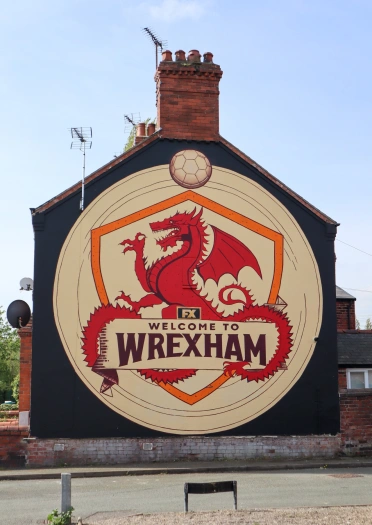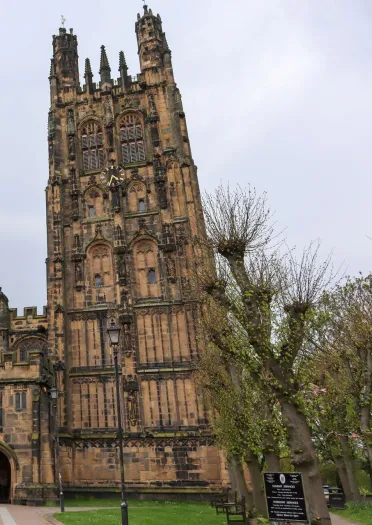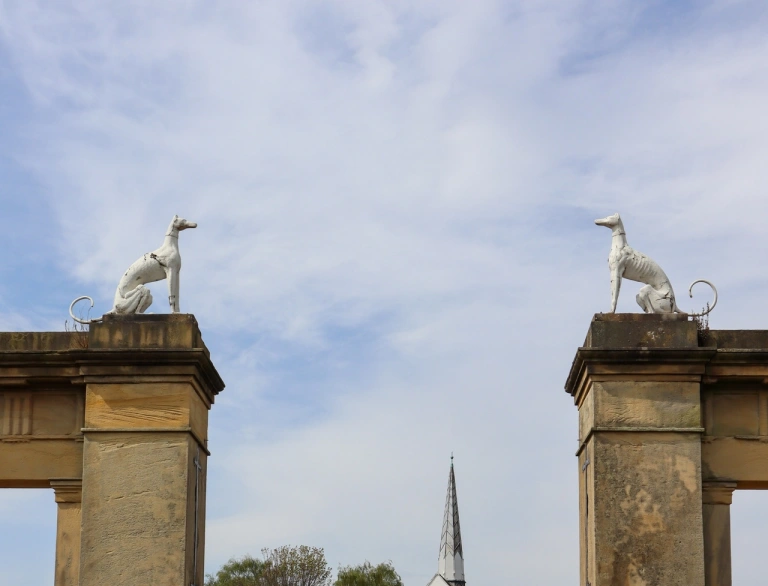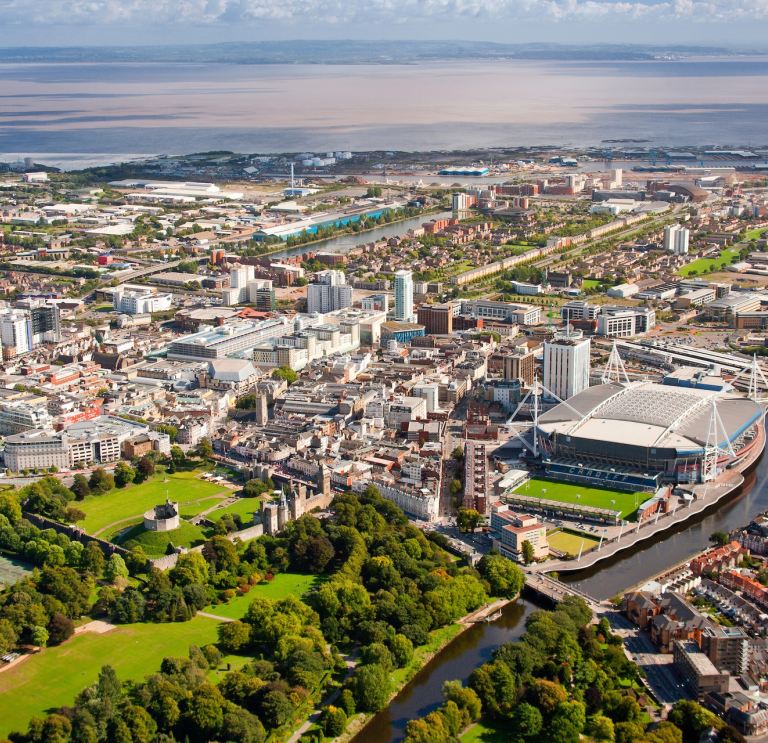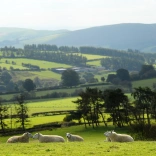Bangor
Population: 18,000
English meaning: ‘Wattle fence’ (named after a 6th century monastery on the site that had a wattle fence)
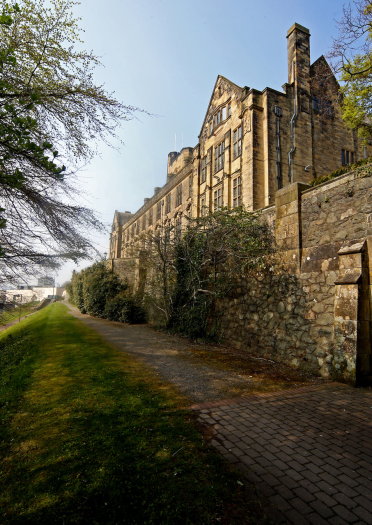
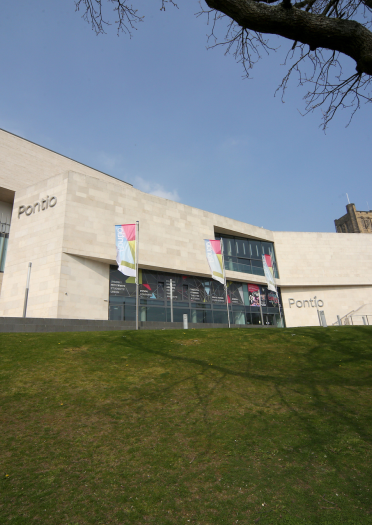
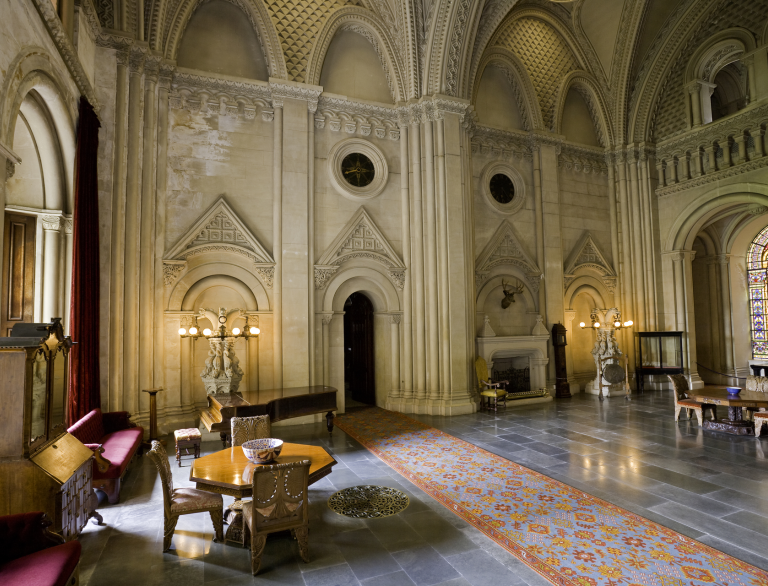
Bangor is the oldest city in Wales and one of the smallest cities in the UK. It was officially given city status by Queen Elizabeth II in 1974, but the cathedral site dates back to the 6th century.
The city is situated in Gwynedd in North West Wales, near the beautiful waters of the Menai Strait. It has a pier with seaside charm, a dramatic National Trust property (Penrhyn Castle) and what is believed to be Wales’ longest High Street.
Although the population stands at nearly 20,000, over half of it is made up of Bangor University students. The university ranks highly for student satisfaction and teaching quality, with alumni including the author, director and producer Danny Boyle and poet R S Thomas. The famous singers Aled Jones and Duffy were born in Bangor, as was the Turner Prize winning sculptor Richard Deacon.
Caerdydd / Cardiff
Population: 362,750
Welsh name: Caerdydd. Interestingly, the modern English name Cardiff is derived from the medieval Welsh, Caerdyf (which also gives us the modern Welsh, Caerdydd). The first part of the name is the common Welsh noun caer, 'fort'. The second part is a form of the river name Taf (English - Taff).
Cardiff, in South Wales, is the capital city of Wales. It is a compact, vibrant and multicultural city that holds major sporting and entertainment events while retaining a friendly community feel.
Unlike in some capital cities where public transport is the only way to get about, it’s easy to walk around Cardiff. In the middle of the city centre is Cardiff Castle, built in the 19th century by the architect William Burges. From the outside, it’s a medieval fortress with thick Roman walls. Inside, the rooms are ornately decorated, with gilded ceilings, stained glass, wood carvings and intricate detailing.
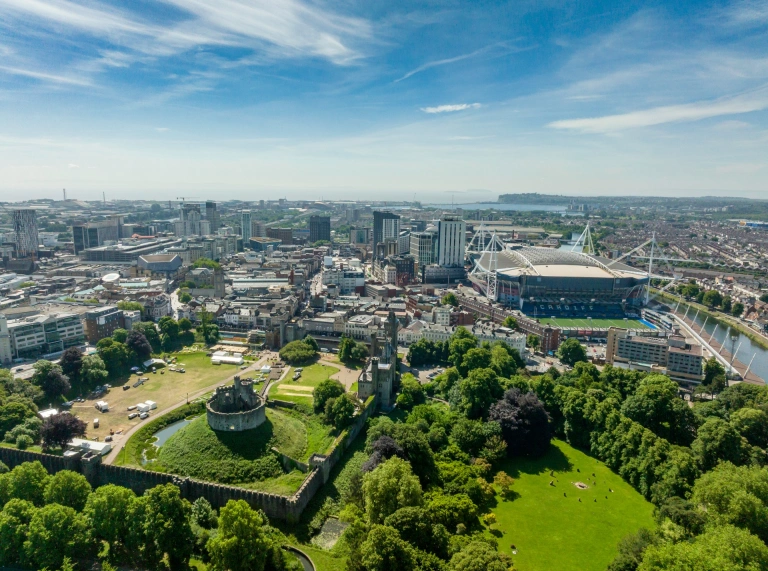
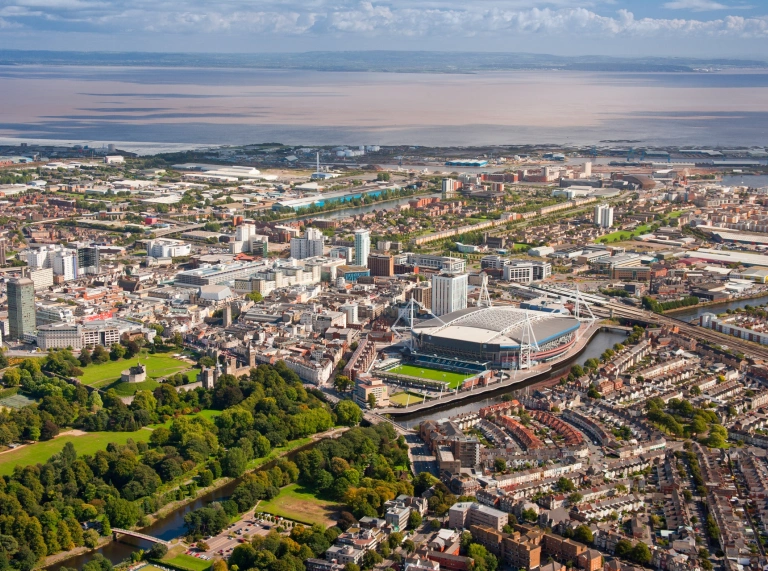
Behind the castle is Bute Park, the so-called "green lungs" of the city centre, and the Amgueddfa Cymru National Museum Cardiff. The museum houses the best collection of Impressionist art outside of Paris, as well as exhibitions about the history of Wales and touring shows.
The city centre is a major destination for shopping, eating, entertainment, nightlife and sports, with venues like the Principality Stadium hosting international sporting events and concerts from chart-topping artists. Cardiff Bay, a former dockland area that played a vital role in the Industrial Revolution, has Wales Millennium Centre – a venue for all things arts, music, stage and culture.
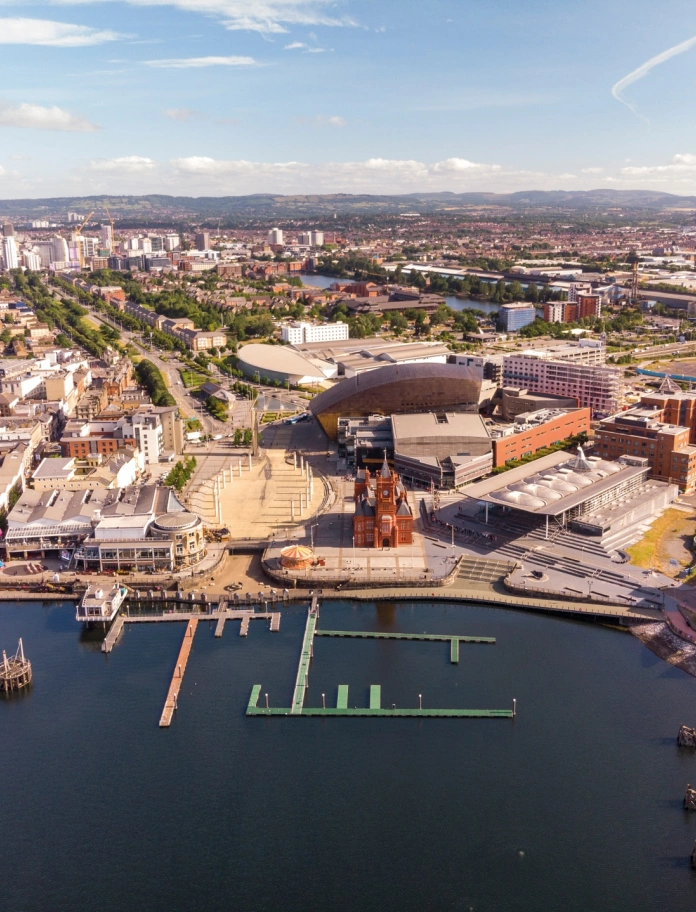
There are two universities in Cardiff, namely Cardiff University and Cardiff Metropolitan University, both of which are highly regarded – the former for research and academic excellence, and the latter for its creative programmes. The University of South Wales also has a campus in the city; the Cardiff Atrium Campus.
Casnewydd / Newport
Population: 151,500
Welsh name: Casnewydd (literally "New Castle")
Newport is a city in South East Wales, to the north of Cardiff. It once had the country's largest coal-exporting port, and it remains an industrial area.
Arguably its best-known landmark is the Newport Transporter Bridge, one of only six working transporter bridges in the world. You can sail under it on a gondola or climb up its towers and walk across the gangway. Transport enthusiasts enjoy the engine room and visitor centre, as well as the nearby Fourteen Locks Visitor Centre.
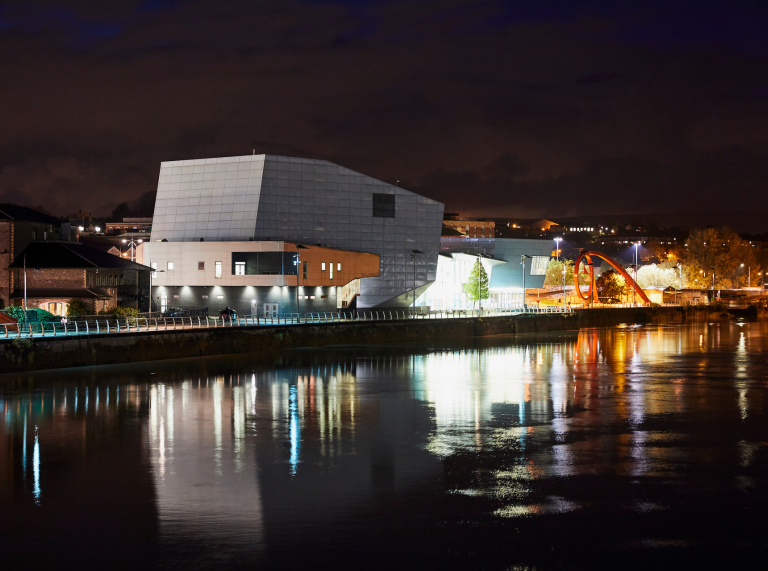
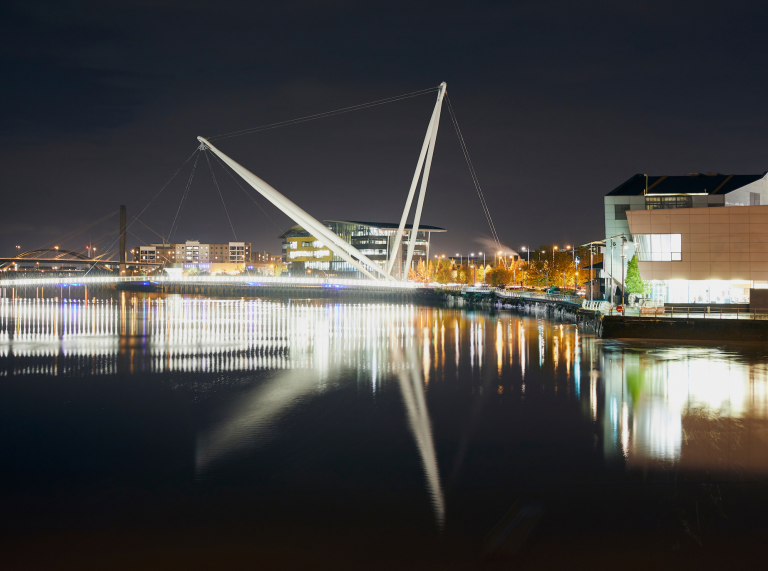
The Geraint Thomas National Velodrome of Wales is a draw for cyclists. Newport Museum and Art Gallery has displays on Chartists, while Roman remains are on show in Caerleon. The underground arts scene is burgeoning, with pop-up shows and theatre productions.
Llanelwy / St Asaph
Population: 3,500
Welsh name: Llanelwy (literally "church on the Elwy")
St Asaph is the second smallest city in Wales and in the UK. It is in Denbighshire, North Wales, between the town of Denbigh and the coastal resort of Rhyl, on the River Elwy (hence the name).
St Asaph Cathedral, which dates back to the 13th century, is the smallest ancient cathedral in Great Britain. It’s where the William Morgan Bible is kept – the first version of the whole bible that was translated into Welsh from Greek and Hebrew.
Every year, various venues across St Asaph host the North Wales International Music Festival.
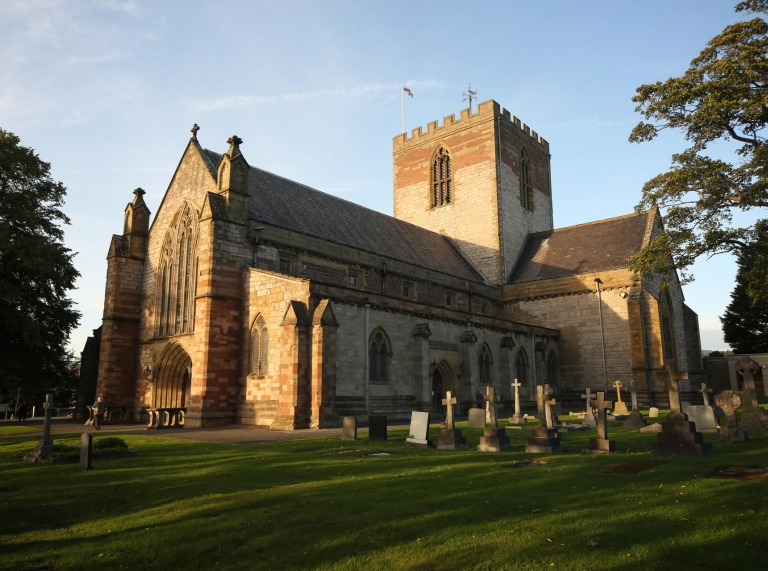
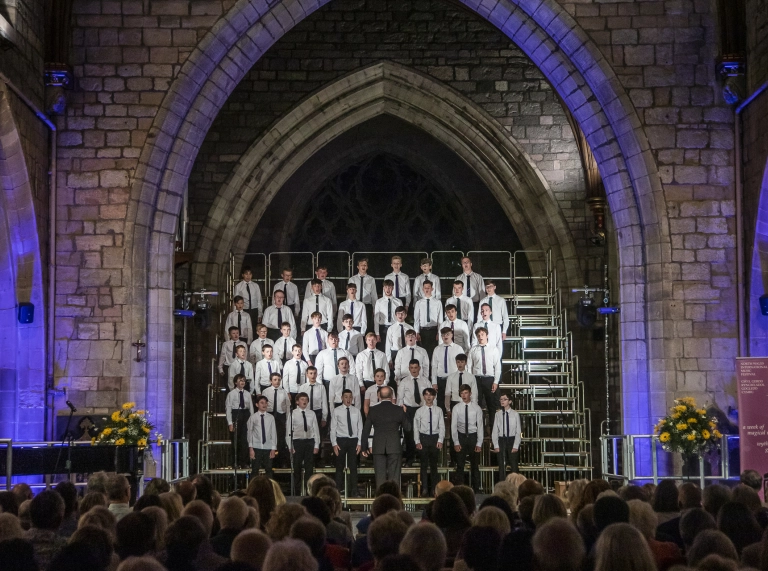
Tyddewi / St Davids
Population: 1,840
Welsh name: Tyddewi ("David's house")
St Davids in Pembrokeshire is the UK's smallest city. It is named after St David, the patron saint of Wales, who was born and buried there. St David (c. 500 – c. 589) was a bishop who helped to spread Christianity around Europe, building 12 monasteries in his time and teaching thousands of people.
St Davids Cathedral was built between the 12th and 14th century on the former site of a 6th century chapel in the city. It is tucked away in a dip in the hills, but it is nothing short of spectacular. Up in the main part of the city, there are lots of little shops, pubs and places to eat. The beaches nearby, such as Whitesands Beach, are immaculate.
Due to its coastal location (it falls within the Pembrokeshire Coast National Park), St Davids is used as the start and end point for wildlife-spotting boat trips. From there, you can visit Ramsey Island, Skomer Island and many more, with potential sightings of puffins, whales, dolphins and porpoises on the cards. Coasteering was invented in St Davids, so it's a good place to do some scrambling and sea-jumping with a guide.
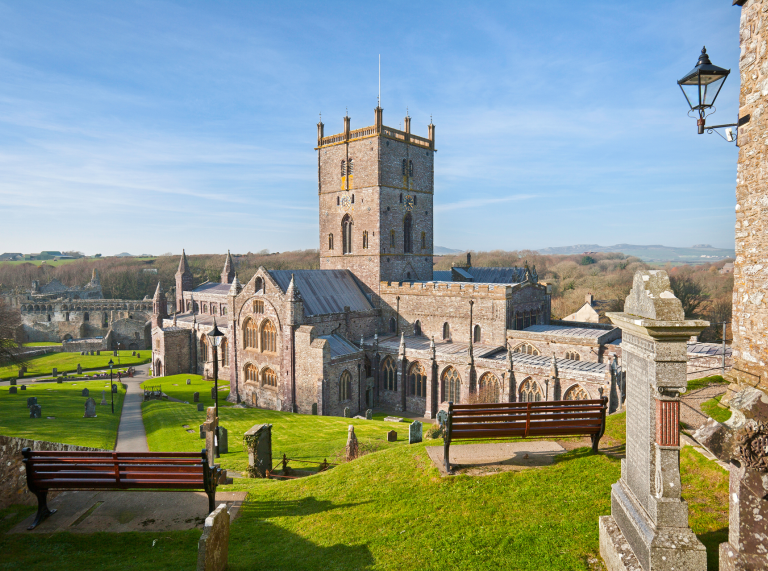
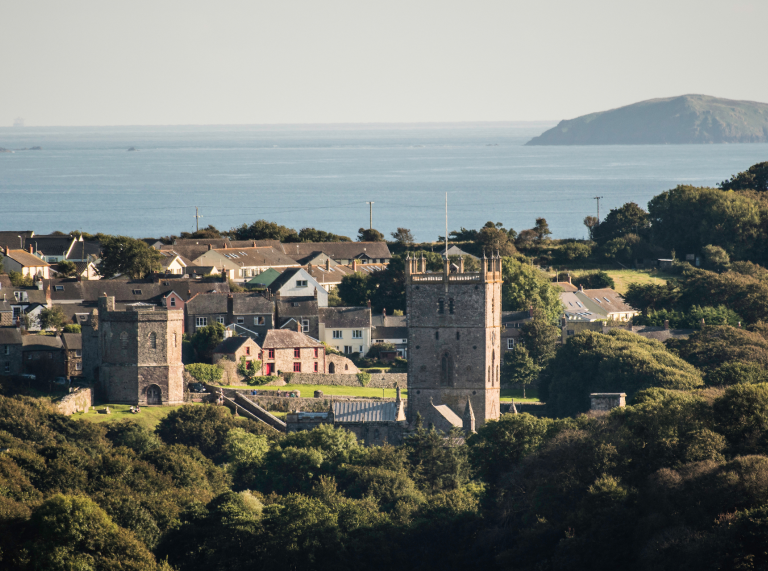
Abertawe / Swansea
Population: 245,480
Welsh name: Abertawe ("estuary (or mouth) of the River Tawe")
Swansea is the second-largest city in Wales. The urban university city is in the south of the country, on the coast, and has the River Tawe running through it (again, hence the name). The city also has a strong focus on Welsh heritage.
The city's most famous export is the poet Dylan Thomas (1914-53); there is a museum dedicated to him, the Dylan Thomas Centre, and a Dylan Thomas Trail around some of the landmarks in his life and works. Other museums include the Glynn Vivian Gallery of art and the National Waterfront Museum of Welsh industry and innovation.
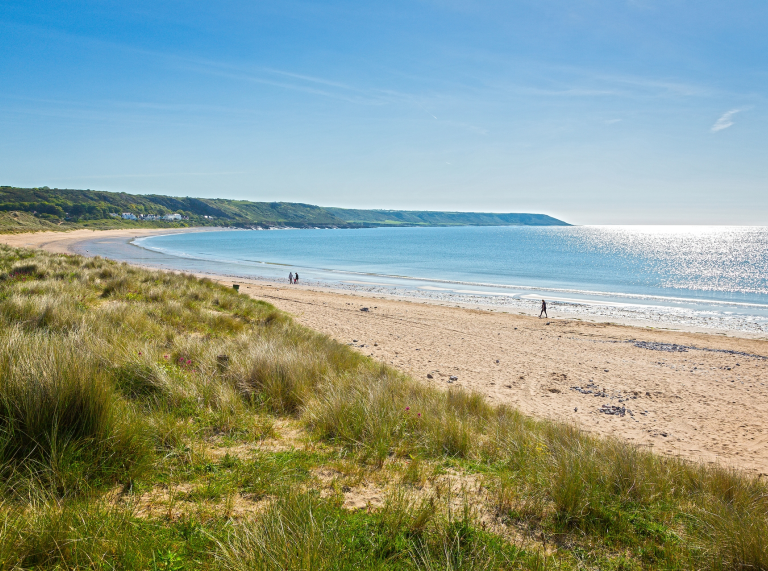
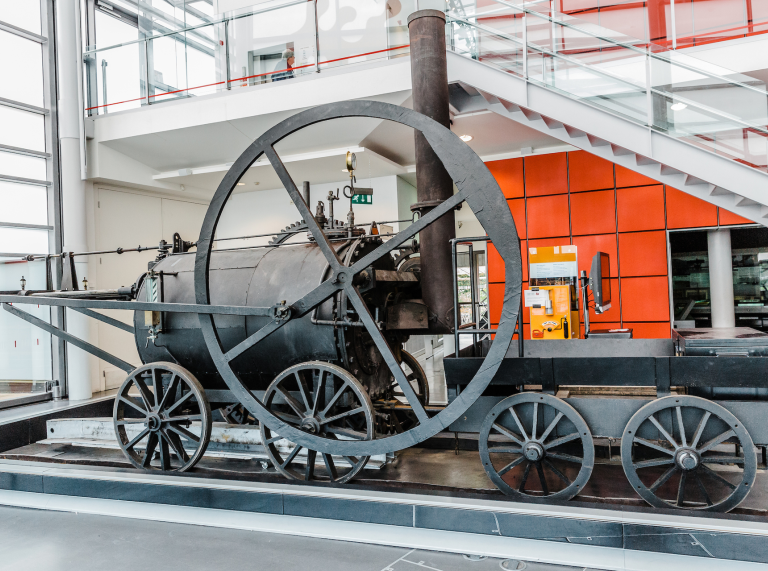
The prettiest part of Swansea is the Gower Peninsula, Britain's first designated Area of Outstanding Natural Beauty. It is a hugely picturesque area of gorgeous beaches, coastal paths and rolling hills. There are lots of scenic spots to choose from, such as Worm’s Head and Rhossili Bay.
Wrecsam / Wrexham
Population: 65,359
Welsh name: Wrecsam (there are several theories around how the city got its name, but it is likely to be Anglo Saxon in origin)
In 2022, Wrexham became the seventh city in Wales following its successful bid for city status as part of the Queen's Platinum Jubilee. Located in North East Wales, you may have seen the city in the news recently due to some Hollywood participation in its football club, Wrexham AFC (the third oldest club in the world). Wrexham is notable for other historic reasons too; the very first ‘Miss World’ came from Wrexham; the famous Ruabon Red Brick Tiles were used in the restoration of the Taj Mahal; and Wrexham Lager – brewed since 1881 - was reputedly served onboard the Titanic.
These days, the city is becoming a cultural hub for North East Wales, as the city hosts Focus Wales every year - an international new music showcase festival, showcasing over 250 bands on 20+ stages over three days.
